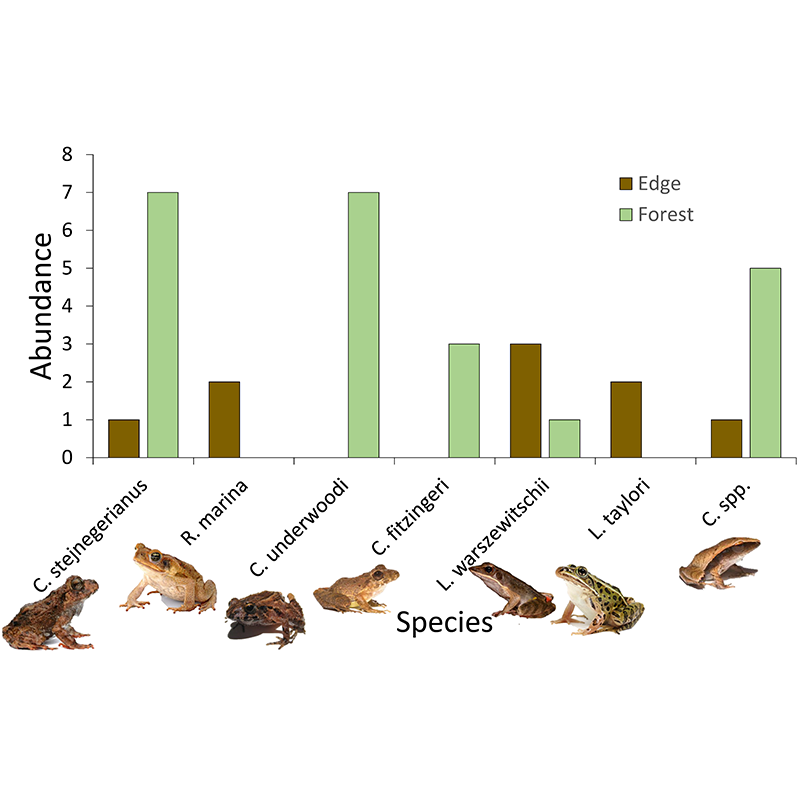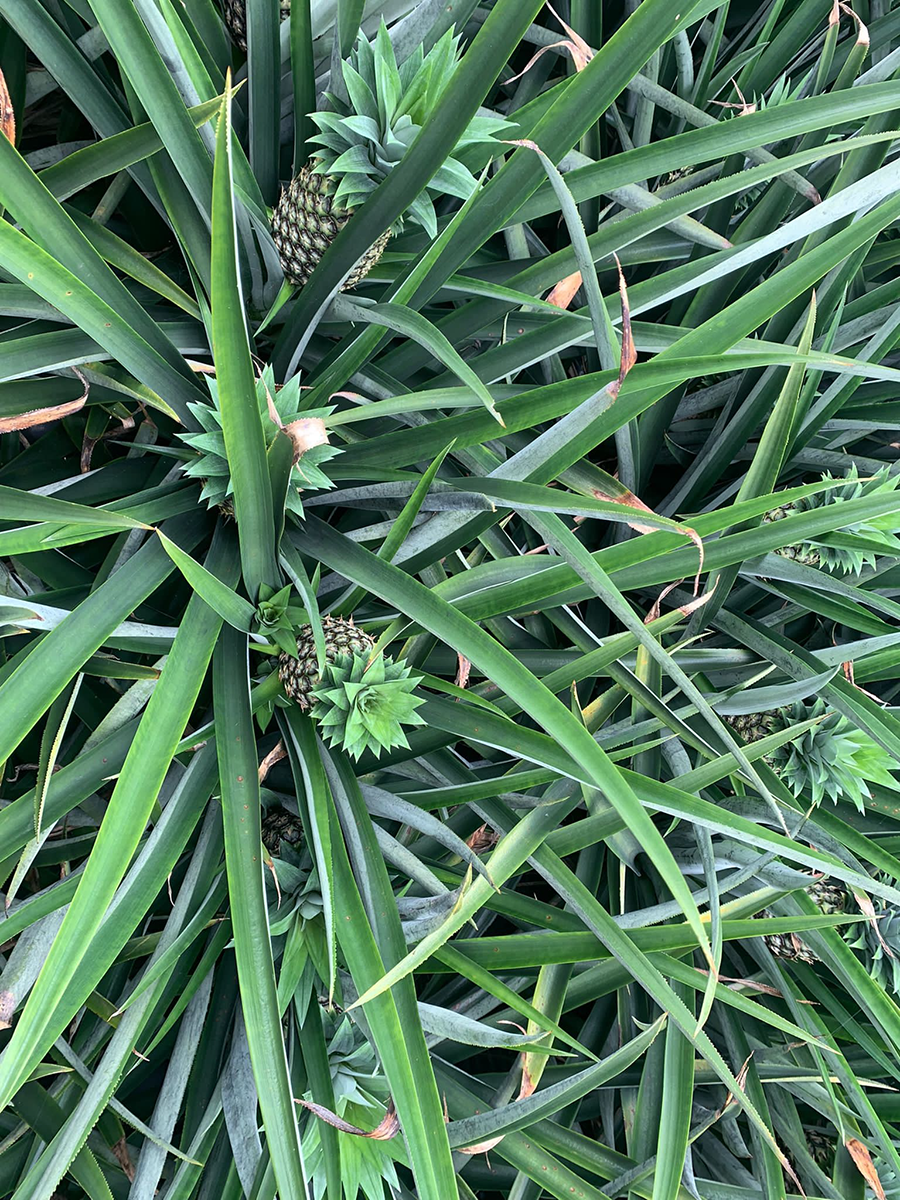Walking along the various trail around the CIEE Campus in Monteverde, Costa Rica, you see a wide variety of life forms. All carrying out unique activities as part of their life histories. You may see a capuchin monkey climbing high in the canopy, grappling delicious leaves or fruit; you may see a group of bachelor long-tailed manakins, called a lek, performing their intricate courtship dance; or strangler fig, slowly but surely climbing up and entangling the trunk of large tropical trees to reach precious sun rays in the top canopy. All these organisms are interesting in their own way, however, some tiny but marvelous players in the rainforest ecosystem may be right below your feet.
Leaf-cutter ants have a very interesting life history strategy. Leaf-cutter ants include multiple species within the genera Atta and Acromyrmex. They are found throughout the New World tropic. Many times, on my hikes, I’ve unintentionally caused a traffic jam on their little superhighways. These highways, they create carrying leaves back to their colonies, are surprisingly wide (around 5 inches in some places) and bare of foliage. You can sometimes see the remnants of their namesake foraging activity, large piles of semi-circular leaf discs, and husks of stripped-down leaves. Seeing this activity on my hike got me wondering, why all this defoliation? Luckily, there was a knowledgeable trail guide to explain. You might guess that the ants are simply collecting food to feed the colony or these leaf units are structural components of their expanding nest. However, the ants have a much more sophisticated plan for these leaves.
The leaf-cutters use the leaves to feed an ever-growing fungus garden. The garden is started when the queen spits out a fungal wad into a side chamber of the nest that she digs out. She lays the starting eggs of her colony and continues to grow the fungal garden, without eating any of the fungi for the first weeks after building her nest. After the workers hatch, they begin foraging, adding to the garden.

They choose leaves from specific plants that are the most efficient in fertilizing and growing the garden for their colony. Many of the fungus species that ants grow come from the Lepiotaceae family, but different species of ants grow different species of fungus. Some species of fungus have been vertically transmitted from queen to queen for millions of years and are only found to grow in these ant colonies. That means, these little farmers have a monopoly on their own, trademarked brand of fungus that even Monsanto would be jealous of. Fungus species can be acquired by other means, like the joining of neighbor tribes or the invasion of a nest by competitors. As far as I know, this is the only other species besides us, that cultivate its food, which is a truly astonishing feat of sophisticated cooperation.
Sources
(https://fineartamerica.com/featured/trail-of-leafcutter-ants-atta-sp-with-leaves-william-ervinscience-photo-library.html)
(http://www.costaricajourneys.com/leaf-cutting-ant/)
(https://www.dw.com/en/the-superpowers-of-costa-ricas-leaf-cutter-ant/a-19164159)





